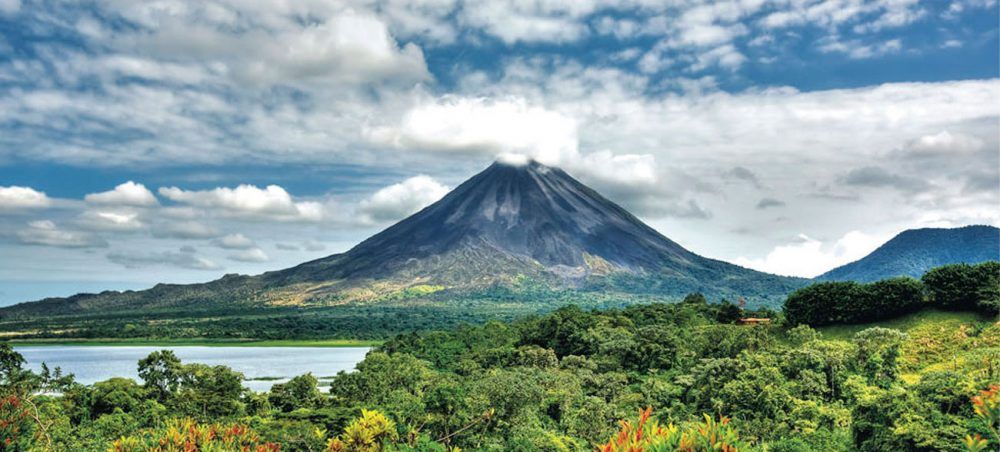What You’ll Find In The Arenal Volcano National Park

The Arenal Volcano National Park is one of the most visited national parks in Costa Rica, due to it was created from the country’s most popular volcano: Arenal Volcano. The majestic and almost perfect cone, raises up to 5,357 feet offering one of the most astonishing natural landscapes of Costa Rica.
This national park is located in Costa Rica’s northwest region, between the Tilaran Mountain Range and the San Carlos plains in Aajuela, in nearly 30,000 acres.
Arenal Volcano is the most active volcano in the country and by itself is a natural attraction capable to bring thousand of visitors to Costa Rica, and clearly, Costa Ricans from other places of the territory.
The most remarkable flora species you’ll find are trees like Guava Bush, Cebo, Laurel, Higueron, Guarumo, Balsa, as well as heliconias, orchids, ferns, and bromeliads.
Referring to fauna, with some luck, you’ll meet wild animals such as tepezcuintle, tapir, deer, jaguar, zahino, coati, monkeys, and a variety of reptiles like snakes and turtles.
Surprisingly, 53% of Costa Rica’s bird species inhabit the Arenal Volcano National Park, which at the same time makes it a perfect spot for bird lovers and people who will enjoy bird watching tours.
Besides the volcano, and abundant flora and fauna, there are other natural attractions in the park that can motivate you to visit it such as:
- Volcanic activity
- Secondary tropical forest
- Rivers and streams (thermal water)
- La Fortuna Waterfall
- Chato Hill and its lagoon
Even though it is outside of the national park bounderies, Arenal Lake, is considered by many locals and tourists as part of the attractions.
The park’s organization offers you parking, toilet rooms, recreation, and rest areas.
The Arenal Volcano National Park is open to visitors everyday until 4 p.m. If you need more information you can contact the managers at this phone number: (506) 2460-0620 or you can visit the website of the National System of Conservation Areas.
